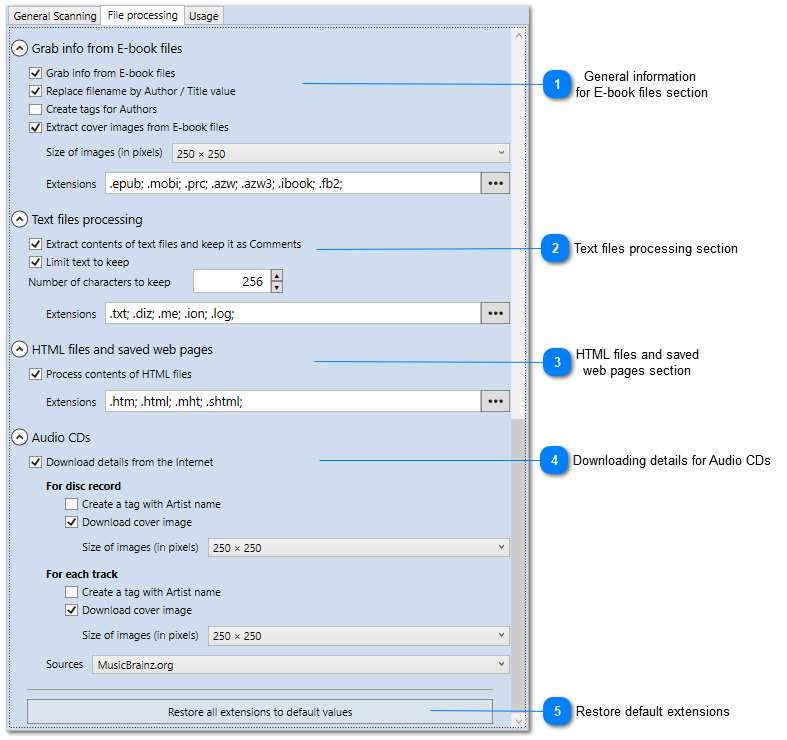


If so, use RaiseEvent to pass the filename along to the instance.If not, spin one up and pass along the Event Grid data that triggered this execution.

Check to see if a sub-orchestration for this batch already exists.This consists of the customer name (cust1), and a datetime stamp in the format YYYYMMDD_HHMM, making the batch prefix for the first batch in sampledata defined as cust1_20171010_1112 Determine the "batch prefix" of the file that was dropped.You'll see the endpoint you defined as your Event Grid webhook subscription get hit. csv files from the sampledata folder of this repo, and drop it in to the inbound folder. Inside the container, create a new folder called inbound. Now, open Azure Storage Explorer and connect to the Blob Storage Account you've created. Upon saving this subscription, you'll see your locally-running Function get hit with a request and return HTTP OK, then the Subscription will go green in Azure and you're set. With the function running, add an Event Grid Subscription to the Blob Storage account (from step 2), pointing to the ngrok-piped endpoint you created in step 4. You can use the v1 (.Net Framework) or the v3 (.Net Core) version, it's only needed for Event Grid validation. Next, run any of the Function apps in this solution. This file will be used across the functions, durable or otherwise. ExecutionĬopy in the AzureFunctions.v3 project to a new file called. Azure Storage Explorer (makes testing easier)įor the Python version of this sample (folder AzureFunctions.Python), follow the instructions in its dedicated readme.ngrok to enable local Azure Function triggering from Event Grid (see this blog post for more).For the customer files to be uploaded in to.For the Functions SDK to store its dashboard info, and the Durable Functions to store their state data.To accomplish this sample, you'll need to set up a few things: Depending on the file (type1, type2, etc), ensure the correct # of columns are present in the CSV file.Only when we have all the files for a set, continue on to validate the structure of each file ensuring a handful of requirements:.Ensure that all the files required for the customer are present for a particular "set" (aka "batch") of data.When the customer uploads the files, we have two primary objectives: Think of them almost as SQL Table dumps in CSV format. csv files with each file containing different data. This data arrives in the form of a set of. Given a set of customers, assume each customer uploads data to our backend for historical record keeping and analysis. One way uses the "traditional" serverless approach, another Logic Apps, and another Azure Functions' Durable Functions feature. Import static .This sample outlines multiple ways to accomplish the following set of requirements using Azure Serverless technologies. Project : Simple operations with text/binary files. Module for create files, append data to files, create folders, check if exists file or folders etc etc.


 0 kommentar(er)
0 kommentar(er)
